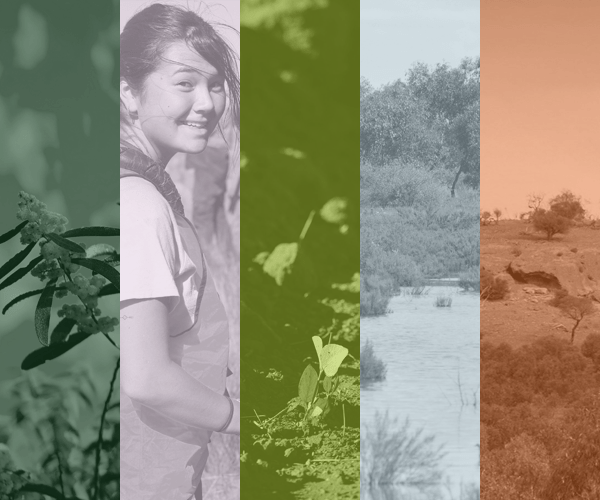Biodiverse reforestation: Putting a value on co-benefits
Ryan Borrett
DateFebruary 2022

A new report details how our Gold Standard-certified Yarra Yarra Biodiversity Corridor project is making positive impacts on not just the climate, but is also creating five other key environmental, social, and economic co-benefits. Biodiverse reforestation projects of this kind are a crucial nature-based solution in the face of the climate crisis through their large-scale carbon sequestration capacity, whilst also addressing another major global challenge; biodiversity decline.
The report highlights and values five co-benefits in our Corridor project: (1) Biodiversity, (2) Water quality, (3) Soil quality, (4) Regional economic impact, and (5) Indigenous cultural heritage.
Adding value beyond climate action

The next eight years have been identified as a key window for environmental action, with the United Nations declaring 2020-2030 the Decade on Ecosystem Restoration. Environmental damage threatens the livelihoods of 3.2 billion people, and 75% of Earth’s land surface is already classified as degraded. There is an urgent need to both protect existing, and restore degraded, woodland and forest ecosystems for their crucial carbon sink capacity and biodiversity benefits.
In addition to the environmental benefits, projects registered under the Gold Standard Foundation are required to make measurable impacts to economic and social co-benefits that map to the United Nations’ Sustainable Development Goal (SDG) priorities. Carbon prices in Australia do not currently include valuation of environmental, economic, or social co-benefits from high quality restoration projects.
It is anticipated that the Corridor project will contribute up to $63 million AUD in biodiversity value, and up to $30 million AUD in regional economic impact over the total project lifetime. The project has also created significant improvements in soil and water quality and cultural heritage contributions, but limited data restricted comprehensive value quantification of these co-benefits. The analysis builds on previous monitoring and assessment work to more quantifiably assess the value created by the project, enabling supporters and investors to better understand the high positive impacts of the project and how these co-benefits map to SDGs.
Click here to read the full report.

We acknowledge that this study was instigated and managed by Carbon Positive Australia with funding provided by Lotterywest and thank Carbon Positive Australia for this initiative.
Share This